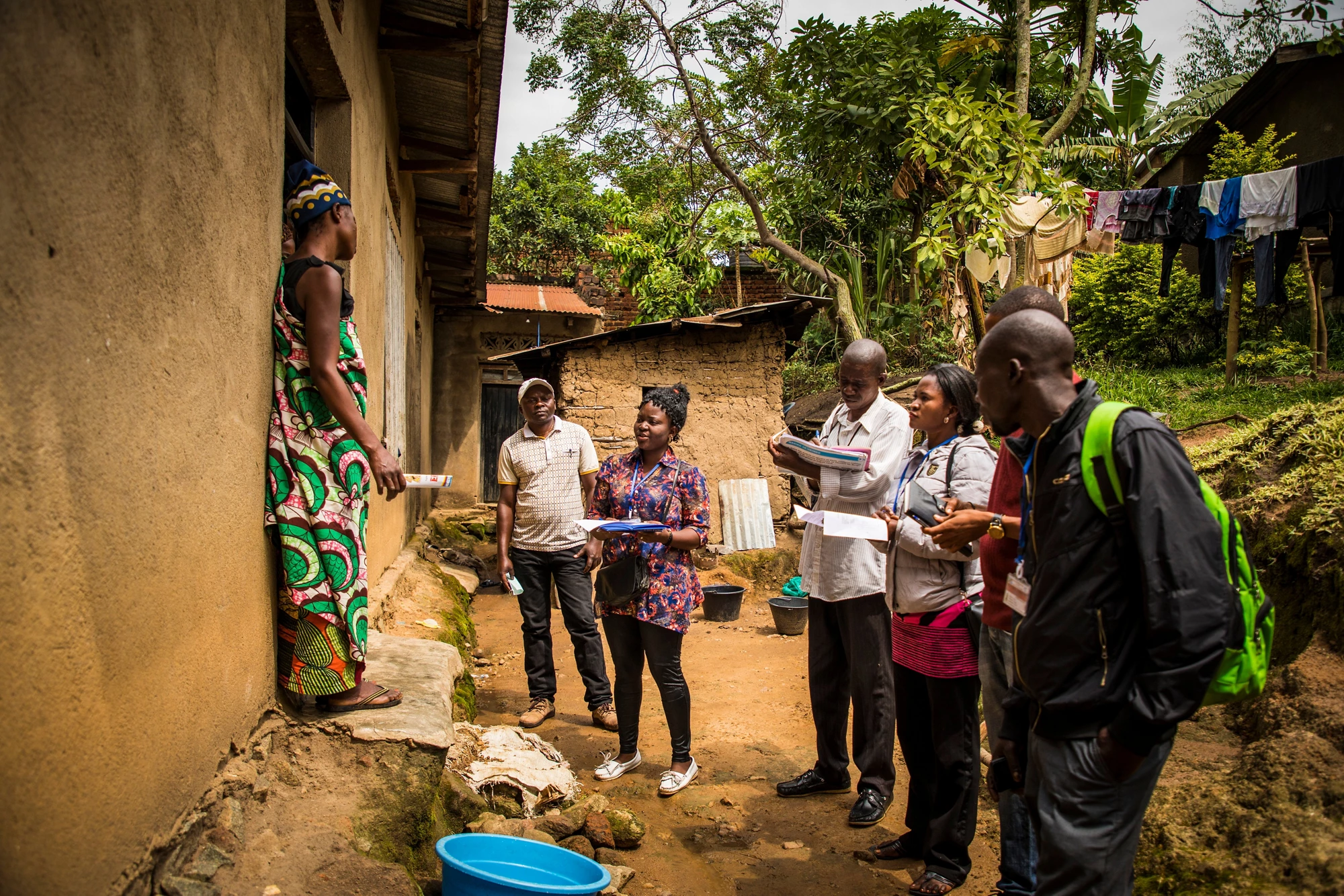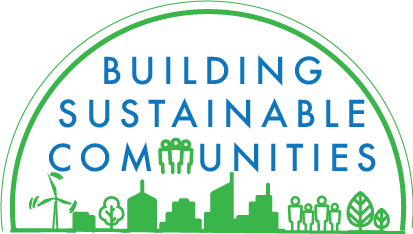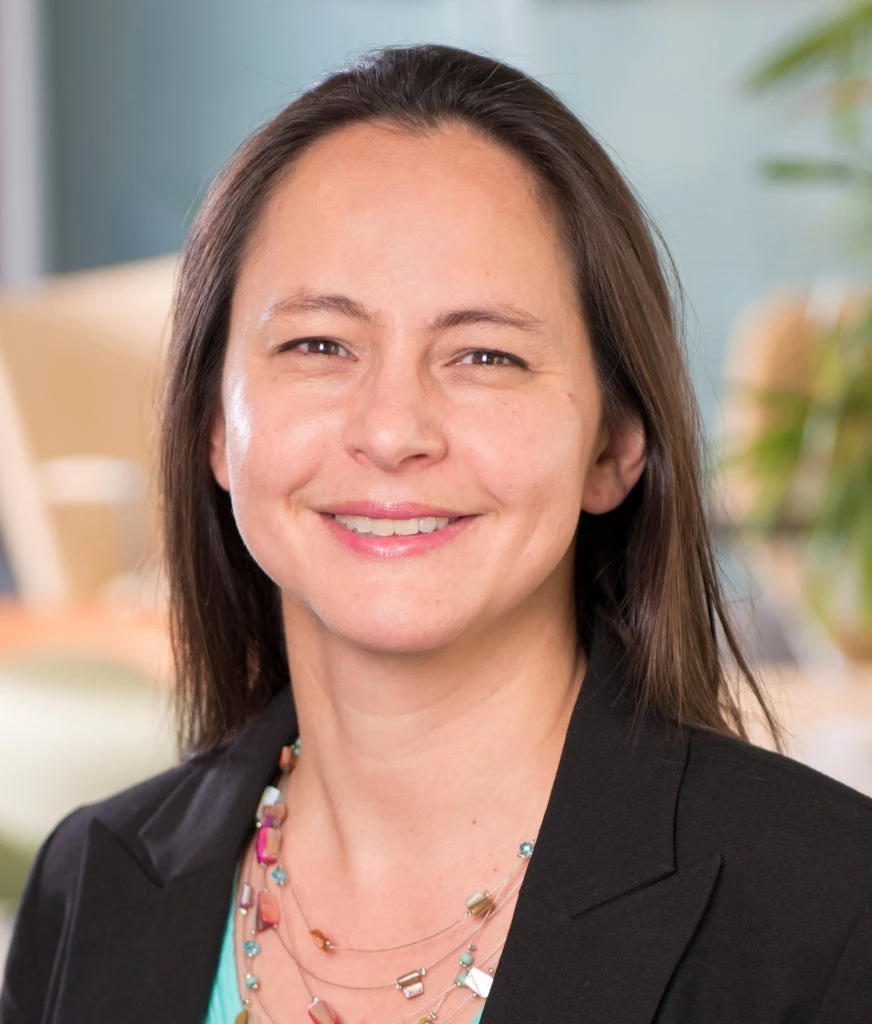 Community representatives visit a family in the Democratic Republic of Congo
Community representatives visit a family in the Democratic Republic of Congo
The terms “sustainable” and “inclusive” are being commonly (and often loosely) applied to any positive interventions towards the response and recovery from the pandemic. What does “inclusive recovery” mean? Here we explore a specific type of intervention through social enterprises (SEs) using results-based financing.
Most governments were caught off-guard when the pandemic hit. They scrambled to do what they thought best—lockdowns, intense controls, among others, because they had no idea what would work. But for the average person in a household or community, life had to go on. People needed food, water, information, health and other services. That’s where communities—neighborhood groups and local organizations—came to the rescue. What we often don’t realize is that many of these organizations are SEs.
As COVID-19 outbreaks have raged across Asia, Africa and beyond, SEs have used their existing capacity, networks and influence to work with disrupted supply chains, assessing demand and connecting households, communities and local governments. Their activities have ranged, including distributing food baskets, face masks and sanitation products, operating community kitchens, and transporting sick people to hospitals. Other examples include setting up handwashing stations in entry points across informal settlements as well as identifying and providing cash transfers to households and informal workers most affected by the economic crisis.
Take the case of Goonj—a SE based out of Delhi, India, which was very active in relief efforts. By mobilizing its vast network of volunteers and partner organizations, the organization provided food rations and meals to over 200,000 families across India. There are numerous other examples like Goonj emerging from around the world. Tusker—a service by Logistimo that connects rural communities with access to essential products—has secured permission to continue facilitating the delivery of medicines and fast-moving consumer goods in India’s rural areas. Across Ghana and Rwanda, Zipline uses drones to deliver essential medicines and COVID-19 supplies, such as personal protective equipment.
In short, the crisis caused by COVID-19 has thrown the state and markets into disarray, and SEs have stepped in as partners to support communities and local governments. They are effective because of their long-standing experience in delivering community-centered solutions and their ability to direct critical resources to populations disproportionately affected by a crisis. Since they maintain an extensive on-the-ground presence, they can provide much-needed support in hard-to-reach areas.
Aside from providing humanitarian relief, SEs have also illustrated ways in which they can support governments in the delivery of essential services. For instance, Life Bank and MDaas Global have set up multiple COVID-19 testing sites in Nigeria. SEs like Eneza Education and 40K plus provide educational content through text messages for students who may not have access to smartphones and highspeed internet.
SEs have also generated employment opportunities by pivoting to producing face masks and providing services to essential businesses. Their ability to innovate and maximize impact in low-resource environments will prove beneficial in post-pandemic recovery efforts. Initiatives undertaken by SEs during the pandemic have highlighted the essential role they play in tackling development challenges, making them natural partners for governments and donors alike.
In this regard, the Global Partnership for Results-Based Approaches (GPRBA) is uniquely positioned to collaborate with and support SEs. Drawing upon its significant experience of working with SEs and other non-state actors, the partnership has published a white paper explaining how the World Bank can build productive partnerships with SEs for COVID-19 relief efforts by deploying a results-based financing mechanism. The paper provides an operational framework of financing mechanisms that can support SEs in delivering inclusive results—on both prevention and mitigation of the pandemic’s effects. It also highlights metrics that can be used and how results could be verified in the context of limited in-person interactions.
However, SEs, like most enterprises, are also reeling from the effects of COVID-19. SEs are likely to face greater liquidity challenges and struggle to stay afloat. To ensure that SEs can continue to serve (and employ) poor workers, governments and donors should utilize SE for ongoing relief and mitigation efforts and ensure adequate funding is injected into their operations. At GPRBA, this would be in keeping with the World Bank’s overall response to the pandemic.
Related links:
- Subscribe to our Sustainable Communities newsletter
- Follow @WBG_Cities on Twitter





Join the Conversation